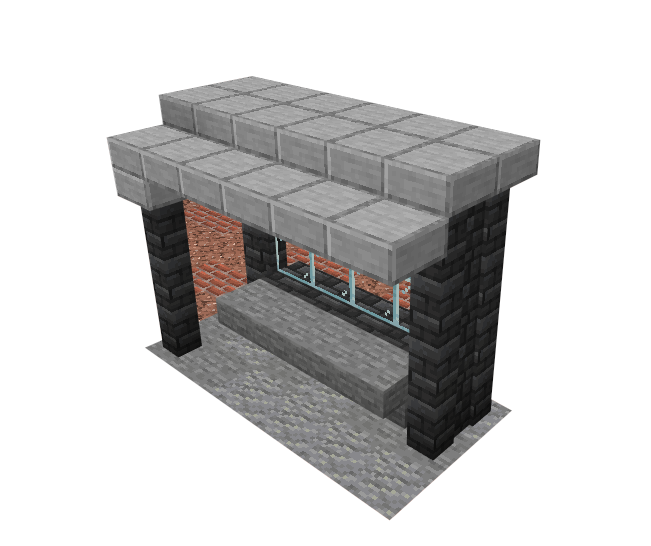The energy consumed by construction of buildings and infrastructure can be one of the largest sources of greenhouse gas emissions in urban neighbourhoods.
A low carbon neighbourhood minimises building emissions by using passive design principles, efficient infrastructure, and green energy. When creating low carbon neighbourhoods, you should first make use of the existing buildings; repurpose or retrofit them before considering new construction. Any new construction should use design choices that reduce the need for new materials, such as through reusing materials and choosing construction materials with lower embodied emissions.
Key concepts

Make the most of existing stock
-
Repurpose and retrofit existing buildings instead of starting new construction.
-
Consider renovation to avoid the need to demolish and rebuild. Maintain your buildings so they operate well.
-
Prioritise filling in space between existing buildings rather than building on areas that are green and not built on.
-
Design buildings in a way that enables them to be flexible and adaptable. This will extend their lifecycle, for example your offices could be transformed into affordable housing.
-
Use materials with the potential to be dismantled at the end of their lifecycle for re-use as raw materials for new buildings. This limits waste from construction.

Minimise the use of carbon-intensive materials
-
Use recycled or low carbon materials such as wood instead of carbon and energy intensive materials like concrete.
-
Choose construction materials that minimise greenhouse gas emissions by being available locally because this reduces transport emissions.
-
Design buildings and their layout in a way that optimises yours materials For example, you could reduce basement levels that usually require a lot of concrete to build.
-
Integrate ‘recycling depots’ or ‘circular construction hubs’ where reusable construction materials can be stocked and made available for new projects.

Make existing and new buildings work with the shift to green energy
-
Install energy-efficient heating, ventilation, and air conditioning (HVAC) systems. These can store unused ventilation, and heating and cooling your buildings efficiently.
-
Promote energy-saving behaviours among building occupants through awareness campaigns and education.
-
Conduct energy audits regularly to identify energy-saving opportunities in your buildings.
Questions?
If you have a question or would like more details on the Students Reinventing Cities competition, please use the form below. You will receive a response via email.






